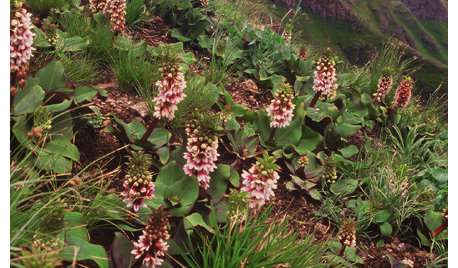Rarest Butterflies
butterflymomok
12 years ago
Related Stories

GARDENING GUIDES3 Exotic Flowers From the South African Wild
Add an enticing note to a garden border or patio container with these sophisticated and memorable African plants
Full StoryA friend posted this article on Facebook, and I found it to be quite interesting. Thought you all might enjoy it. Be sure you view the photos by clicking on the link and the dots.
Here is a link that might be useful: World's Rarest Butterfly


ladobe
Related Professionals
Palm Springs Landscape Architects & Landscape Designers · Dallas Landscape Contractors · Ellicott City Landscape Contractors · Las Vegas Landscape Contractors · Lynn Landscape Contractors · Milton Landscape Contractors · Nashville Fence Contractors · Manorville Fence Contractors · Midvale Fence Contractors · Oxnard Fence Contractors · Saginaw Fence Contractors · Selden Fence Contractors · Baltimore Window Contractors · Goulds Window Contractors · Marshfield Window Contractors